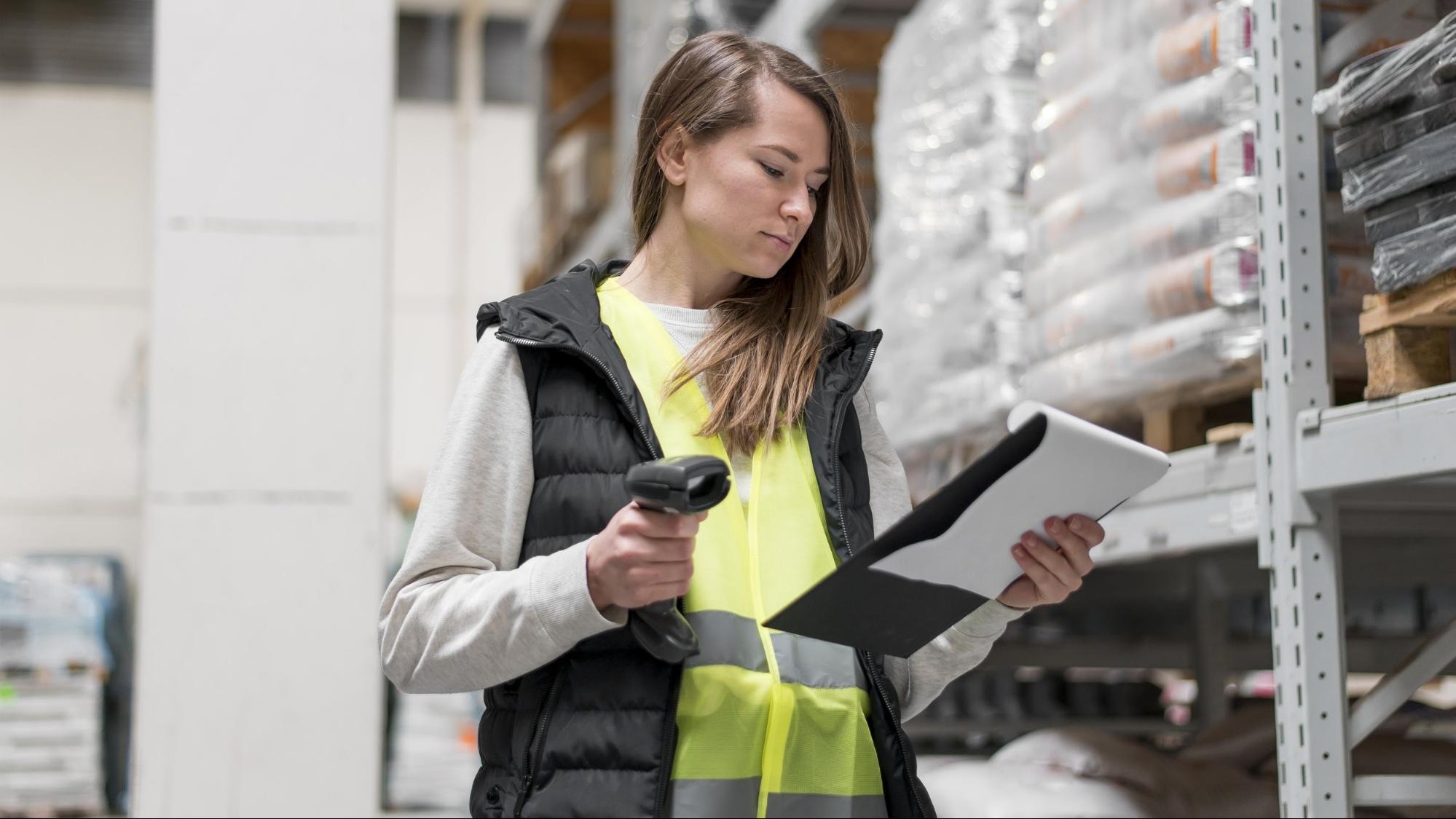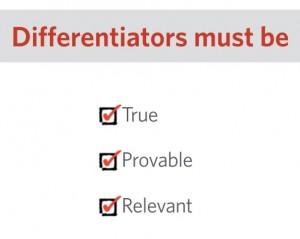Technology is rapidly improving every aspect of our lives. Technology adds convenience to the lives of consumers, resulting in new challenges for retailers. Many retailers have moved business online due to customer behavior trends and global circumstances. 2020 saw a 13.9% increase in online retail in the US alone. With the right technologies in place, companies can be more flexible in serving the market.
In the US, ecommerce sales totaled US $ 792 billion last year. Globally, consumers bought US $ 4 trillion worth of goods online in 2020. The significant increase in online retail changes a retailer’s needs. Retailers will need better ecommerce tools and ways to manage sales processes, inventory, and deliveries. Modern warehouses can address the needs of retailers and digital consumers.
In many industries, companies incorporate AI to complete menial tasks. The development of AI means that software and robots can mimic aspects of human behavior. AI can be beneficial in recognizing patterns, completing tasks like compiling warehouse management reports, and making decisions. Ecommerce giant Amazon has already adopted smart warehouses and is reaping the rewards.
Smart warehouses can improve order fulfillment for other retailers, too.
What is a Smart Warehouse?
A warehouse is a building where materials and products are stored before being sold or distributed. Smart warehouses make use of AI and robotics to manage the majority of tasks within the building. Automated robots and drones handle storage, weigh and transport goods, and plenty more besides. Smart warehouses bring humans and machines together to solve modern order fulfillment headaches.

Smart warehouses make use of automated machinery – Created by vanitjan/freepik
Benefits of smart warehouses
Smart warehouses improve a retailer’s performance capabilities. They limit the possibility of human error in the fulfillment process. The use of AI machines ensures that items are processed and shipped without error. Drones and robots can transport items without experiencing fatigue, too. As a result, a smart warehouse can prove to be more productive and less costly due to fewer human errors and longer operating hours.
Smart warehouses simplify the order tracking and fulfilling processes for human employees. Employees can monitor sales and inventory using retail management software. Without the physical labor involved in running a traditional warehouse, managers can develop a better retail calendar, track data and build strategies based upon it, and all the other things that need a human eye and mind.
Smart warehouses ensure that retailers can hit quotas and targets more easily. This type of warehouse is effective in completing routine tasks without much change. Smart warehouses are valuable to retailers looking to stay agile and scale. They easily enable retailers to adapt to new technologies and any company growth.
Changing Warehouse Needs
Customer behavior trends are altering the world of retail. As customers continue to adopt online shopping, retailers must find new solutions to their operations. 27.6% of the global population shops online. Online shopping lowers the viability of brick-and-mortar stores. Using online shopping platforms, a company can sell products and cut costs without having a physical store.
When comparing brick-and-mortar stores to online shopping, customers show inconsistent behavior. For example, customers return 30% of all products bought online. In comparison, customers return 8.89% of products purchased in brick-and-mortar stores. On top of the order fulfillment process, warehouses will need to manage sales returns effectively.
Adoption of New Technologies
Technology is rapidly developing and will improve the performance of smart warehouses. Swisslog’s report highlighted technological developments that can significantly enhance a warehouse’s ability to distribute products quickly. Drones may become valuable in the transport industry. Initially, the military used drones, but they are also used in areas of business and art.
Retailers could use drones to deliver items and products around the city. Ecommerce companies like Amazon and JD have already used drones to complete deliveries. Ecommerce companies and couriers like DHL are also researching ways to improve urban delivery times by using drones. Using drones could enable a retailer to complete urban deliveries in some areas in just two hours.
Warehouses have already seen the benefits of mobile robotic technology. Mobile robots speed up the transportation of products and items within a warehouse. This development means that companies can use robots to complete manual labor tasks. As a result, warehouses will be safer, will lower the amount of unnecessary walking, and speed up order fulfillment tasks.

Robots lower labor costs – Created by vanitjan/freepik
When coupled with mobile robots, warehouse associates can see an increase in productivity. Mobile robots can use display functions to give information on transporting items. These displays can lower the time associates spend finding and delivering items.
It’s clear that 3D printing could change manufacturing. It also has the potential to change distribution and transportation. 3D printers can manufacture parts more conveniently. Consumers may even send digital copies of their designs and blueprints to have products printed in urban print shops. 3D printing could help companies bring products to market more quickly.
Autonomous guided vehicles (AGV) and mobile robotics could be beneficial in warehouses, too. Companies should operate with flexibility and agility, and warehouses are no different. AGVs can help in modern warehouses where traditional conveyor belt systems are no longer used. AGVs lower costs and increase performance. With AI, sensors, and other electronics, AGVs can quickly move around a warehouse.
Retailers can also incorporate IoT technology and big data in their smart warehouses. IoT technologies can connect machines via SD-WAN networks. IoT technologies can therefore improve warehouse management and provide information in areas like item tracking. Big data is valuable in many areas of business already. Big data is typically used to make critical decisions. In smart warehouses, it can be beneficial for logistics.
More Efficient Logistics
In smart warehouses, retailers can predict the logistical needs of their customers. Using customer data, retailers can see the shopping behavior of those customers. With that knowledge, it is possible to predict areas that will need logistical support. Swisslog highlighted that customers increasingly desire same-day deliveries when buying online.
Technology is crucial to a retailer’s ability to make fast deliveries. Retailers need to track items, gather information on the delivery process, and relay information to customers. Retailers use barcodes and radio frequency identification (RFID) to track products and manage inventory. When deciding on tracking systems, retailers should consider the competition between these technologies: the barcode vs RFID.

Track products with barcodes – Created by freepik
RFID can be attractive, as tags can track products up to 50 feet away. These radio tags work across different frequencies depending on the materials scanned. As a result, it is easier to segment and track products in a warehouse generally. Barcodes are still prevalent in warehouses, though, because they are cost-effective, highly accurate, and pose fewer security threats.
Retailers have recognized the need to create distribution centers and keep products near their customers. With customers increasingly moving online, retailers will eventually consider using urban distribution centers. Urban distribution centers could use the same technologies as a smart warehouse to manage click-and-collect sales processes. As a result, it would take less time to fulfill customer orders.
Warehouses will need to process orders faster and have them delivered in the shortest time possible. It would be challenging to achieve this in other warehouse types. Using big data, retailers can predict customer behavior and product demand, and store the proper inventory in advance. Retailers can complete quality assurance testing on retail software and systems after some orders have come in, and start to rely on smart systems to ship products out once all bugs have been eliminated.
Increased Automation
Automation is highly valuable in a warehouse. Items are packaged, tagged, sorted, and picked in warehouses. According to the US Bureau of Labor Statistics, there were 18,182 warehouses in the US in 2018. There was an increase in distribution centers, and local delivery companies like UPS saw increases in revenue due to ecommerce.
As a result of ecommerce demands on retailers, 42% of warehouse owners decided to invest in warehouse automation in 2018. A company can improve its workforce performance by incorporating automation into receiving, transporting, and distributing items. Adding automation to tagging, sorting, and packing can lower the chances of human error. As a result, retailers hire fewer employees and save costs on mistakes.
A retailer can use an employee schedule template to determine the time that employees work and what staff hours may be saved by automation. Warehouses increase their productivity and capabilities when incorporating automation. Automation offers more flexibility in operating times and can lower the physical work employees do. Before, employees would walk 10-20 miles a day when at the warehouse and could have workplace accidents.
With automation and mobile robots, retailers lower employee risks and can optimize their output. Automation is best for retailers that make vast sales. Automation provides retailers with a viable path when considering scaling operations. In order to manage the pressure of consumer demands, it is vital that warehouses adopt automation where possible.
Going Forward
The development of technology can improve the functions of a warehouse. Smart warehouses improve your ability to tweak your workforce adequately. With automated tasks, you lower the number of employees necessary to run a warehouse. Using IoT technologies to track and monitor the products in your warehouse, increases your ability to deliver goods faster than the competition.
Smart warehouses make it easier to communicate delivery and logistics details with customers, too. Customers want to know the cost and time of delivery. Smart warehouses provide all the information necessary for every customer. As retailers experience growth, they will need to scale and adapt to new challenges. The solutions will lie in smart warehouse technologies.
Business & Finance Articles on Business 2 Community
(68)







